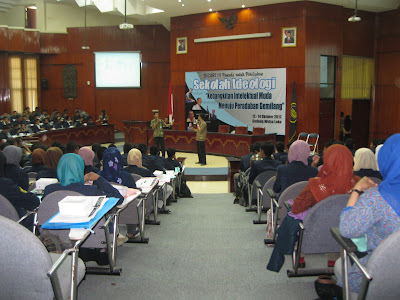Social Art
 American Social and Art
American Social and ArtThe 1930s was marked as The Great Depression. The Dust Bowl caused farm foreclosures, and farmers crisscrossed the country in search of work. Industry, business, and financial institutions faltered. When American painters turned their attention to the world of the working class, many of them were outraged. These artists felt a responsibility to affect change. Mabel Dwight observed that, “art has turned militant. It forms unions, carries banners, sits down uninvited, and gets underfoot. Social justice is its battle cry. War, dictators, labor troubles, housing problems, all appear on canvas or paper”.
Photographers focused their camera on documenting conditions around them, and many painters turned to more expressionistic style in order to convey the extreme emotions they felt about what they saw. The misery these images revealed cannot be easily denied, and the empathy they engendered was powerful.
Indonesian Social and Art
Indonesian art is one important aspect that is being developed at this time. It is very necessary at this time, when the government program is heading in the direction of tourism.
Religion is important in this regard. The entry of Buddhist Hindu kingdoms of

The Wayang Kulit are mystical two dimensional shadow puppets that have entertained the people in Indonesia

Textiles art of batiks in this country has different making methods, colors and designs. Weeks or months are spent creating intricate designs for everyday use or ceremonial wear. These textiles are primarily known by the different techniques that are used to create the distinctive designs.
The symbolism of the various ethnic groups is evident in the variety of textiles. Color, shapes and their arrangements all have special meanings. Certain designs can only be worn by women or men, or only by the members of the royal family or nobility.
Special textiles are worn or exchanged in life cycle or rights of passage ceremonies celebrating birth, circumcision, puberty, marriage, childbearing and death. Textiles play an important role in many traditional events and ceremonies.
Special textiles are worn or exchanged in life cycle or rights of passage ceremonies celebrating birth, circumcision, puberty, marriage, childbearing and death. Textiles play an important role in many traditional events and ceremonies.

 -
-




Comments
Post a Comment